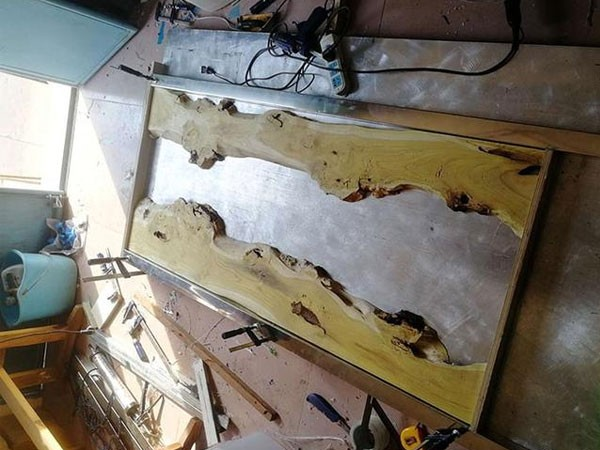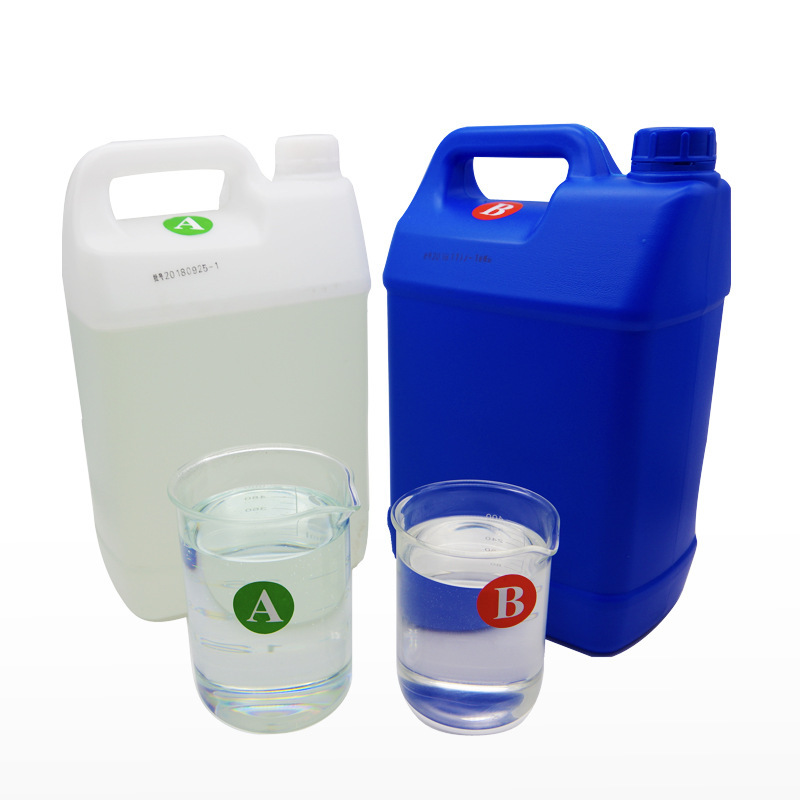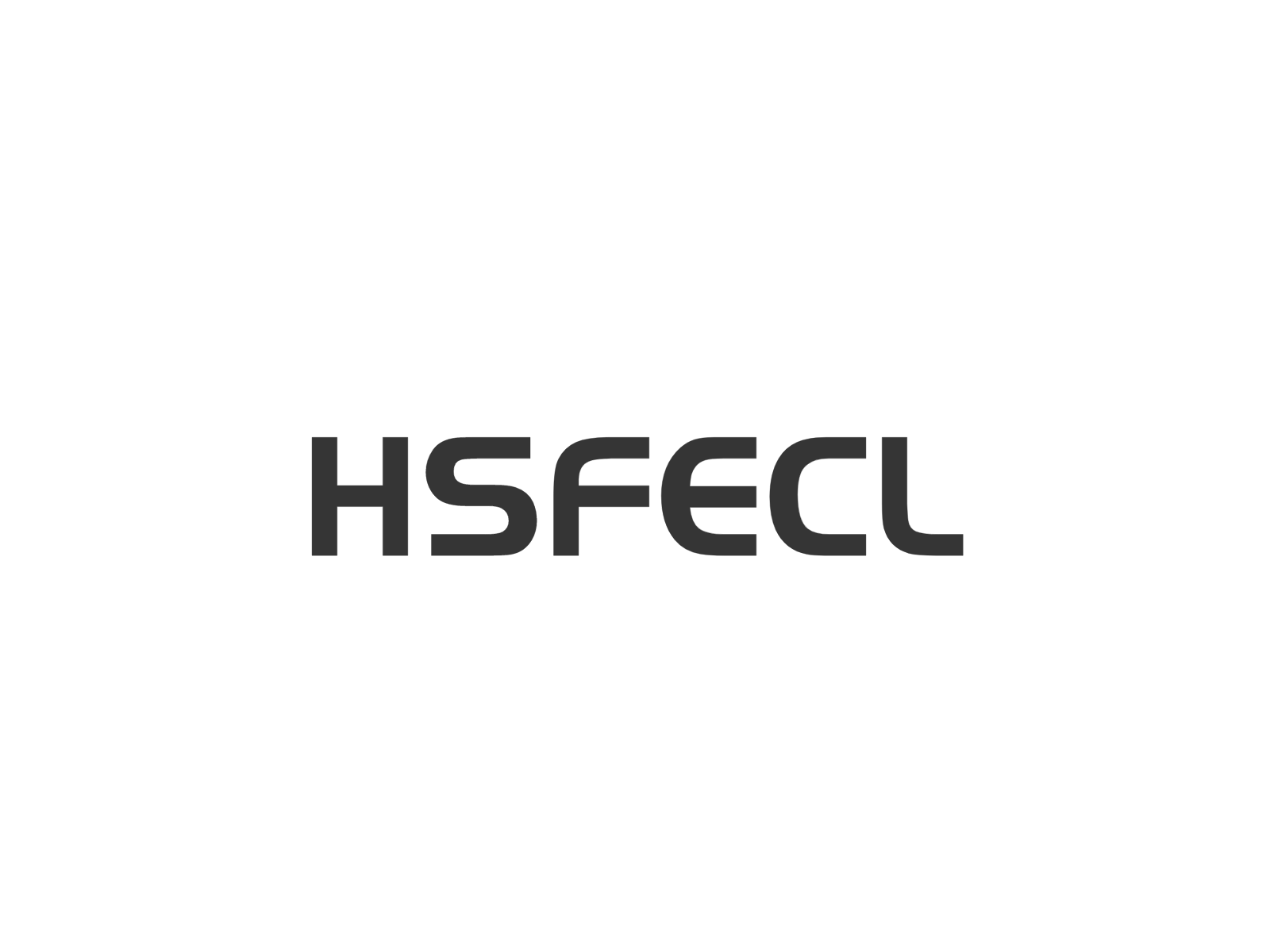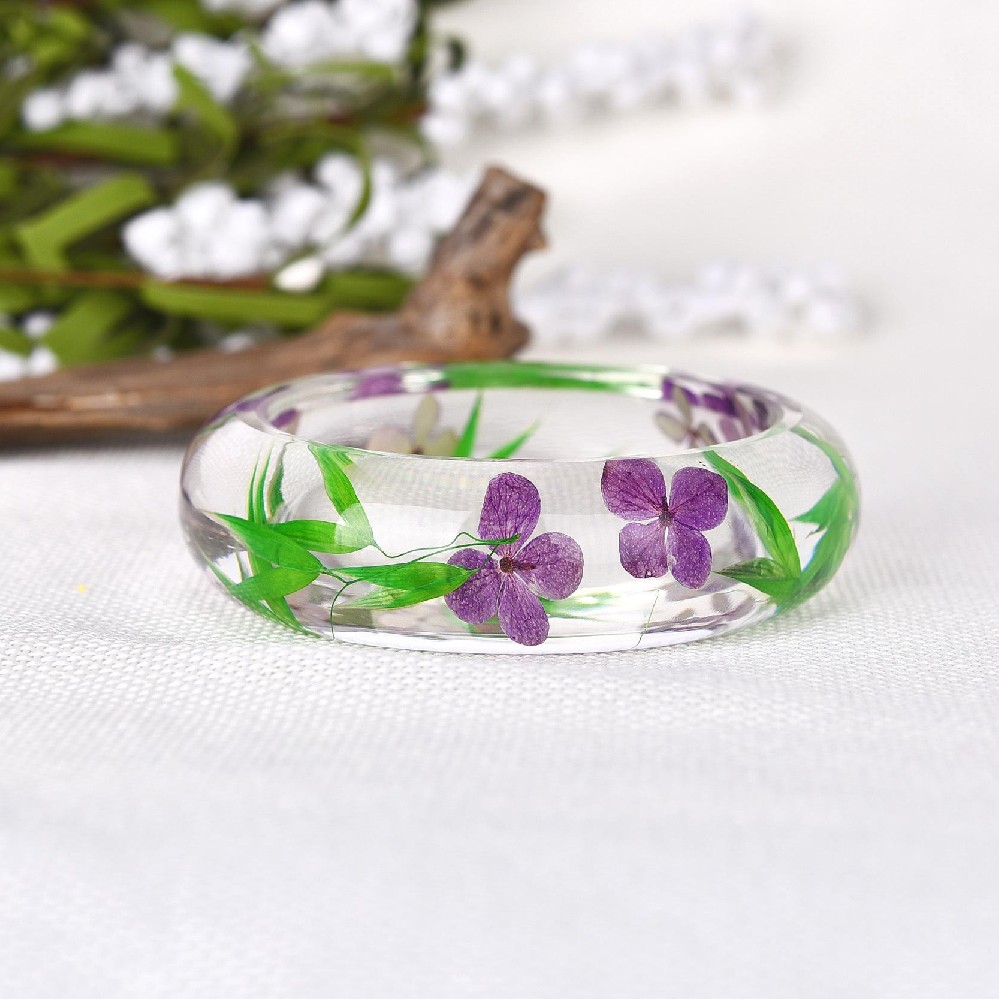
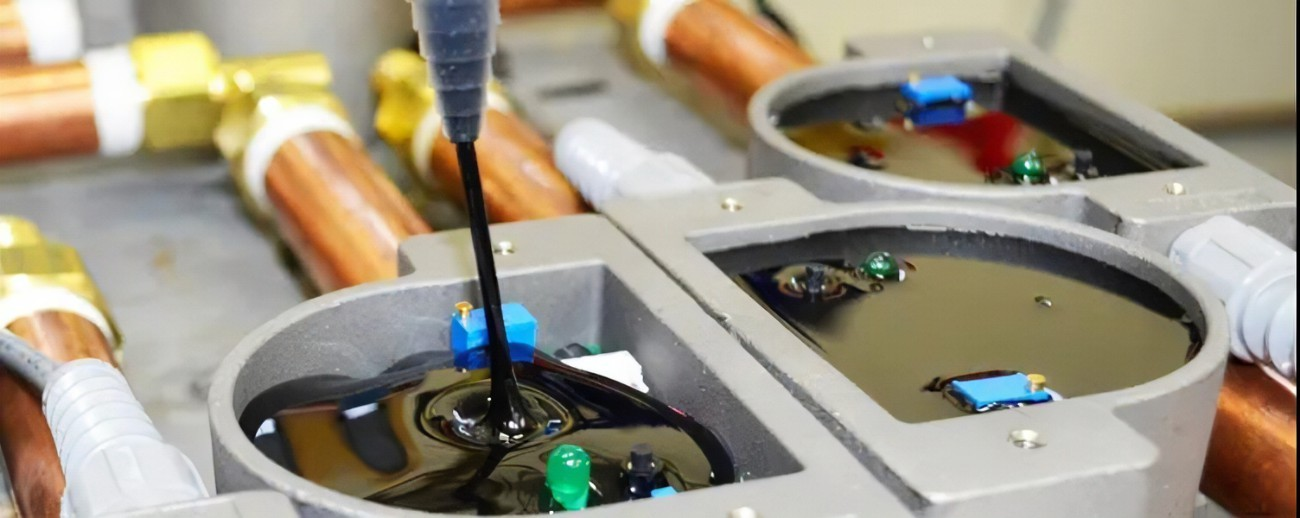
What Curing Agent Is Better for Epoxy Potting Adhesives?
Curing agents are a critical component of epoxy potting adhesives, influencing not only the pot life but also the mechanical and dielectric properties of the cured product. Anhydride-based curing agents are the most important type for two-component heat-cured epoxy potting adhesives. Common varieties include liquid methyl tetrahydrophthalic anhydride (MeTHPA), liquid methyl hexahydrophthalic anhydride (MeHHPA), and methyl nadic anhydride. These curing agents feature low viscosity and high loading capacity, serving dual roles as both curing agents and diluents in potting formulations. With the addition of accelerators, they can cure at 100–120°C (212–248°F) and yield products with excellent overall performance.
Performance comparison data for epoxy potting adhesives using different anhydride curing agents are shown in Table 1. As indicated, methyl hexahydrophthalic anhydride (MeHHPA) offers a longer pot life, lower viscosity, and superior dielectric and mechanical properties in the cured product. After comprehensive evaluation, methyl hexahydrophthalic anhydride (MeHHPA) is recommended as the curing agent, with a curing temperature range of 100–130°C (212–266°F).
Performance Comparison Table of Epoxy Potting Adhesives with Different Curing Agents
| Curing Agent Type | Viscosity (mPa·s) | Volume Resistivity (Ω·cm) | Tensile Strength (MPa) |
|---|---|---|---|
| MeTHPA | 55 | 4.0×10 | 28.6 |
| MeHHPA | 50-58 | 4.6×10 | 32.5 |
| MNA | 200~230 | 5.8×10 | 18.0 |
